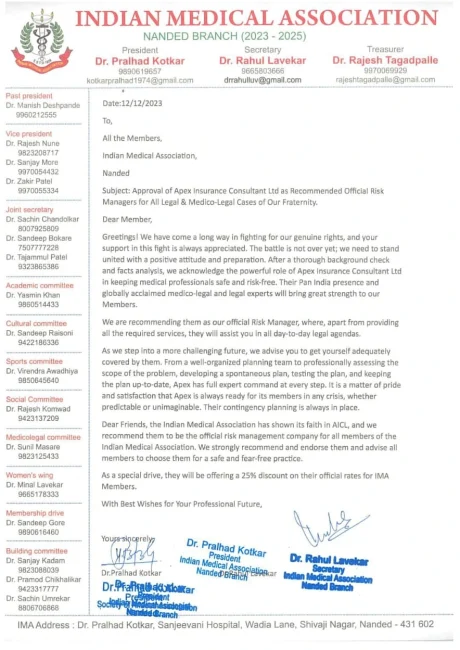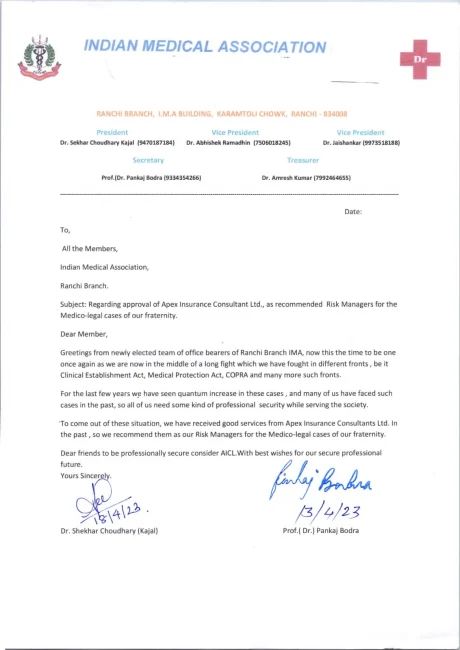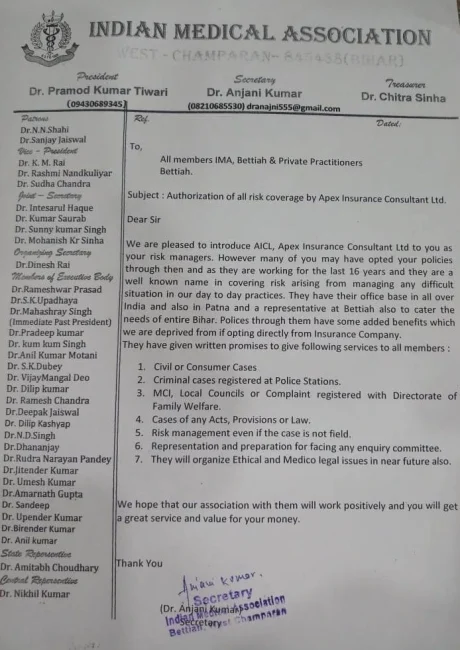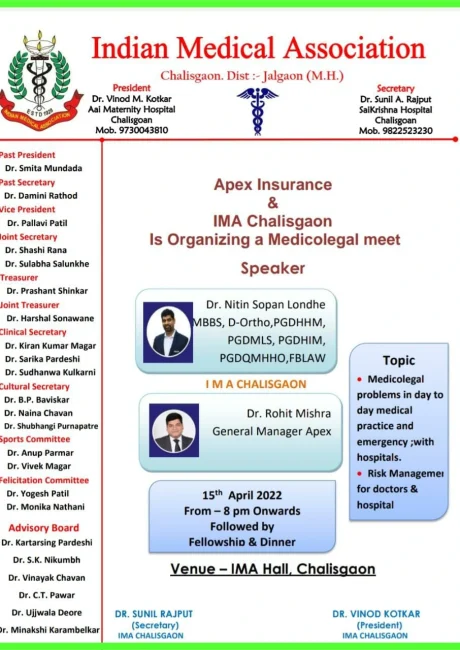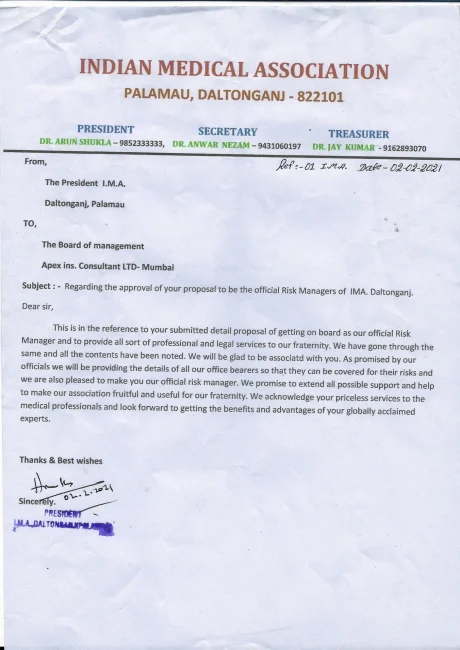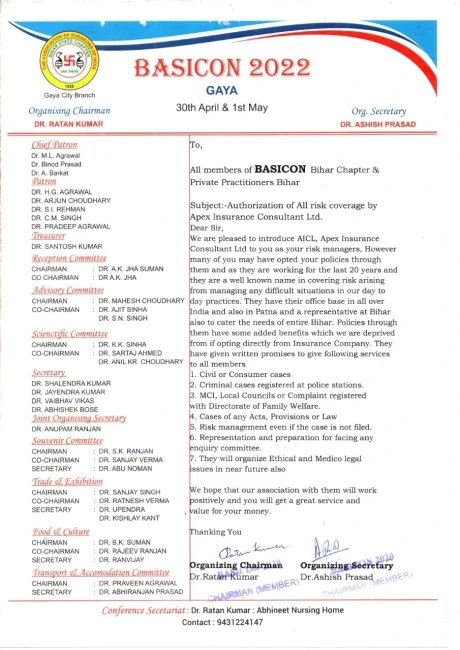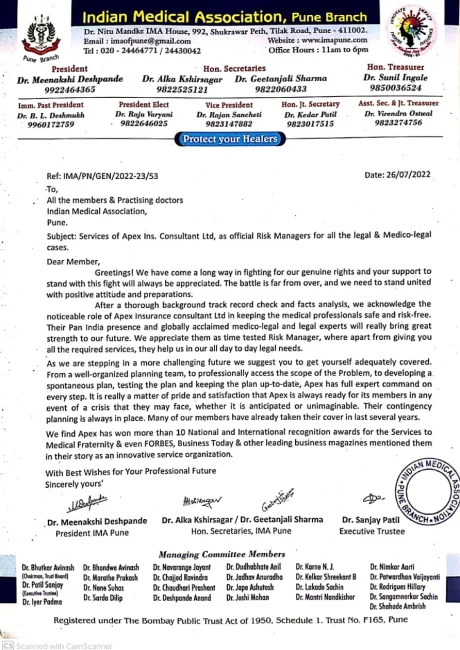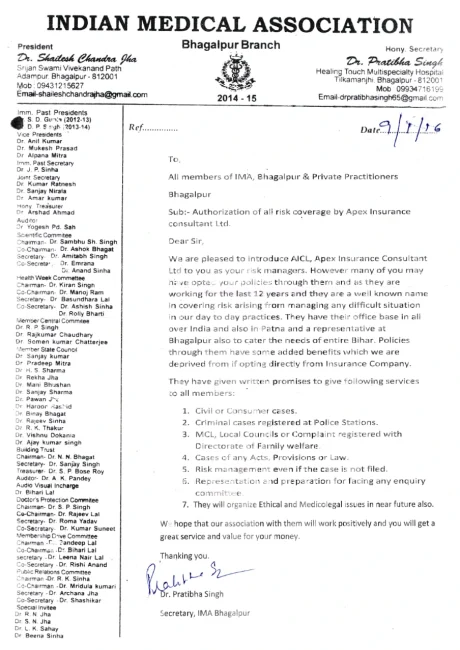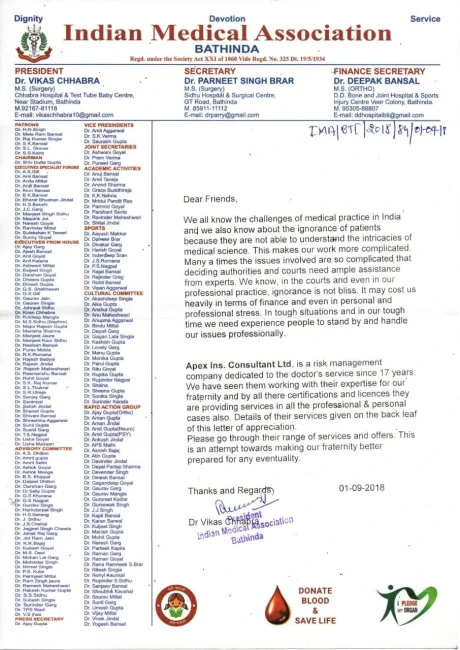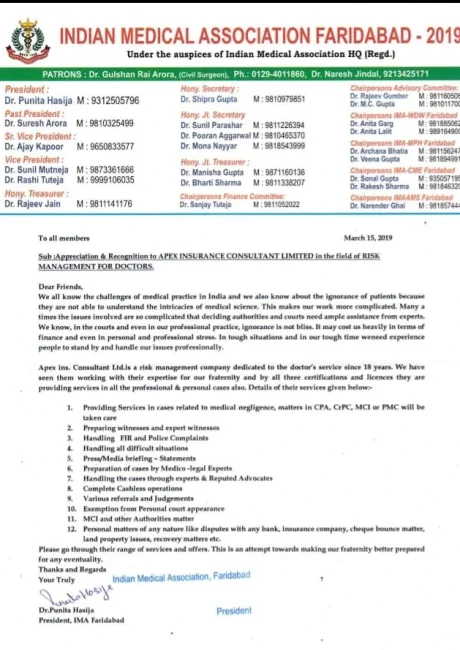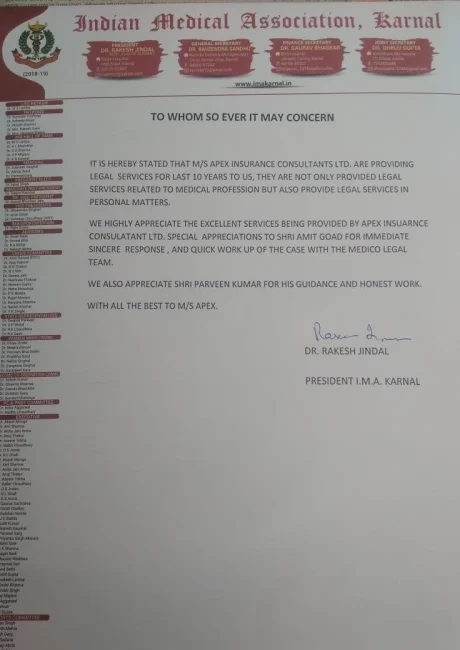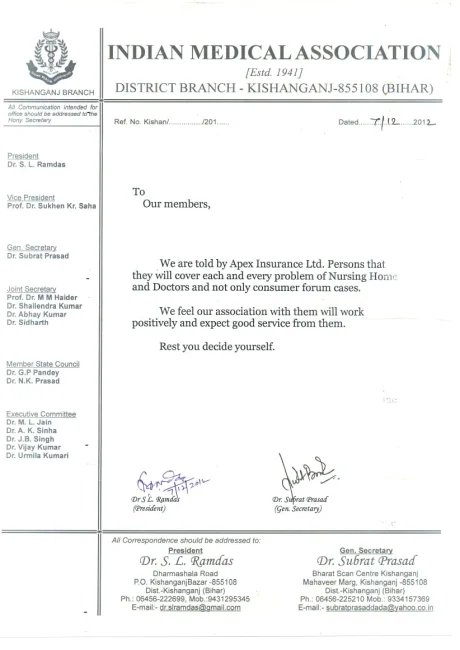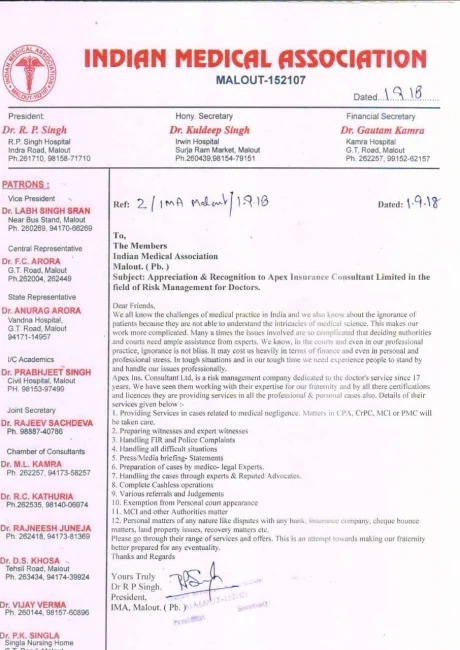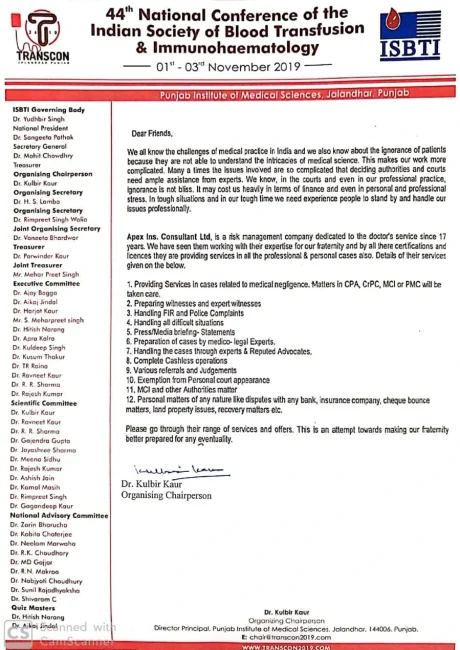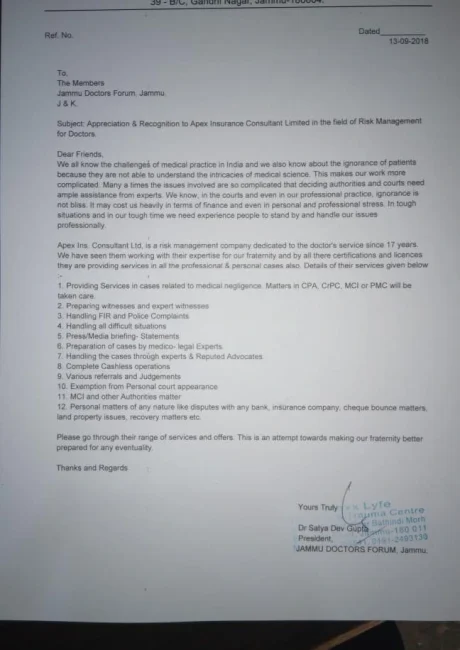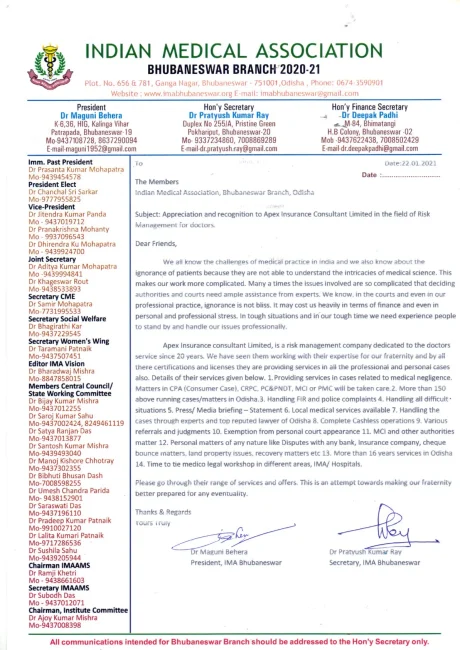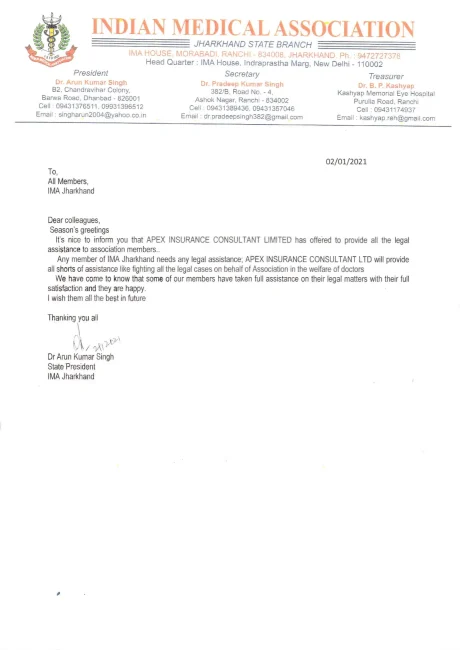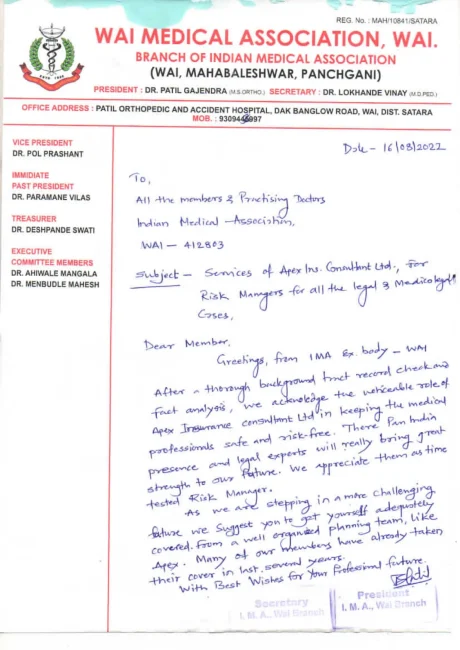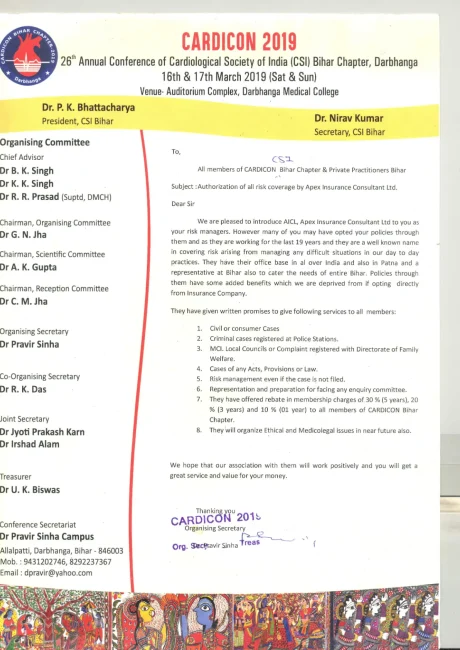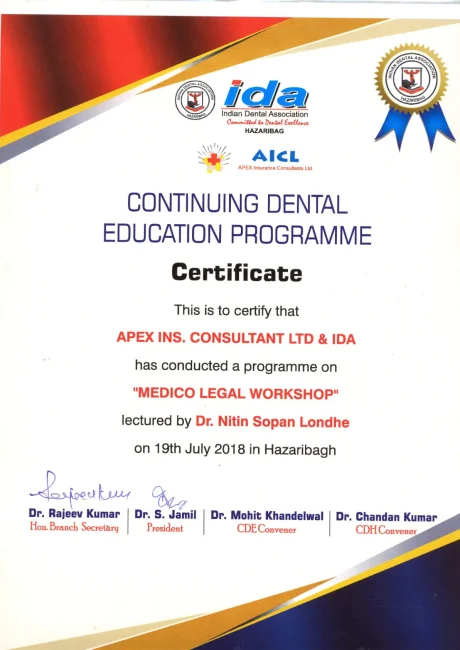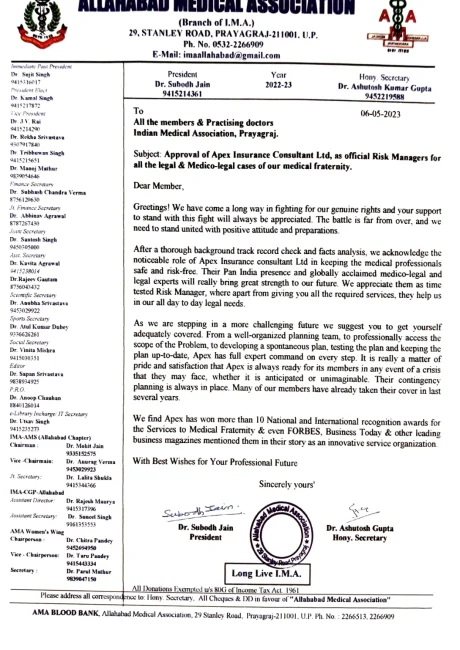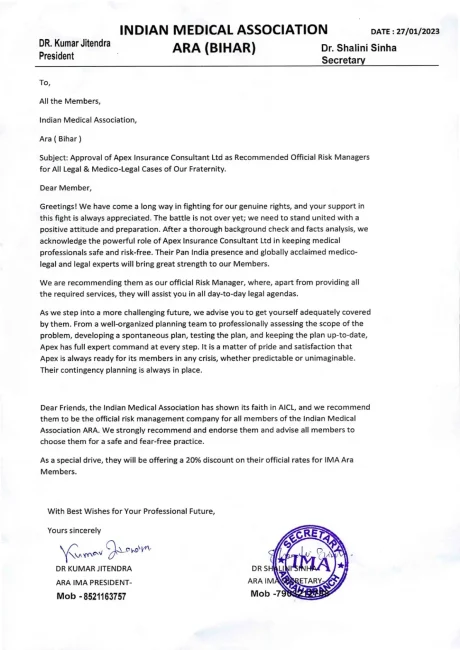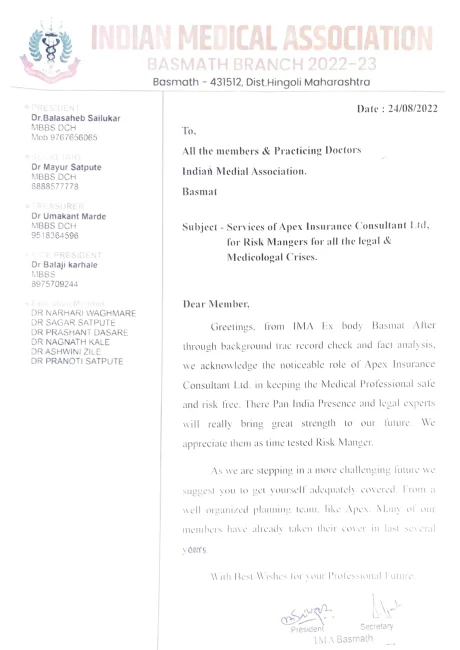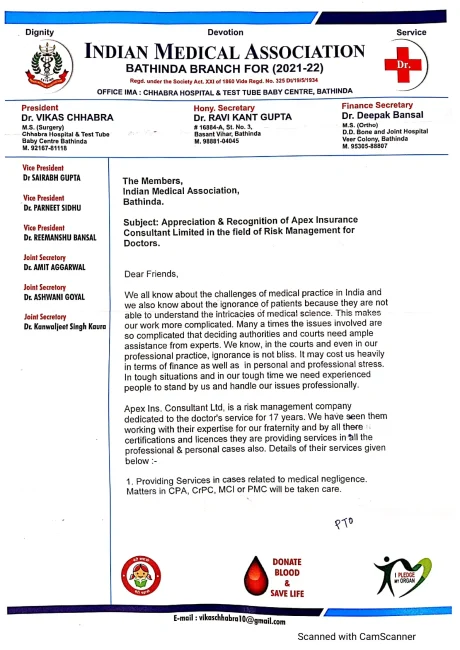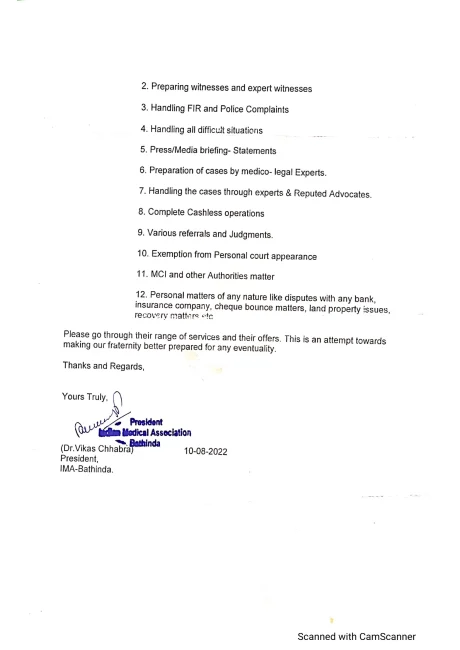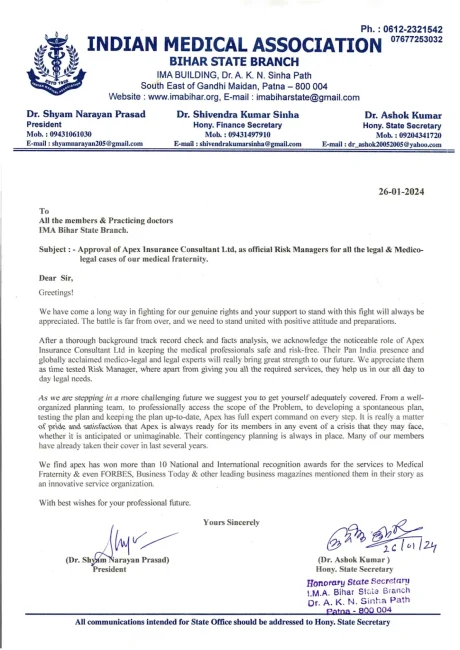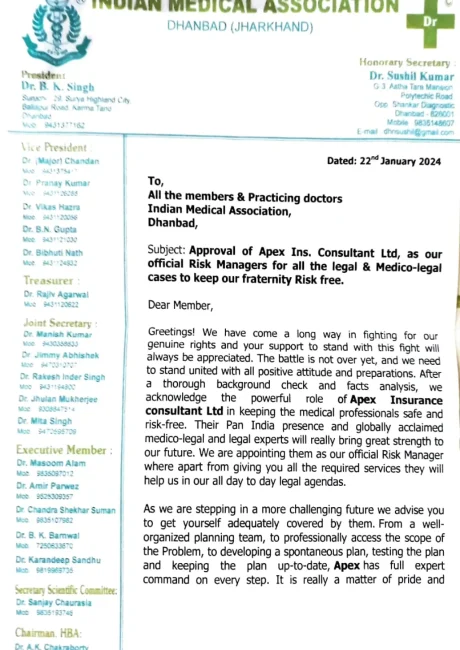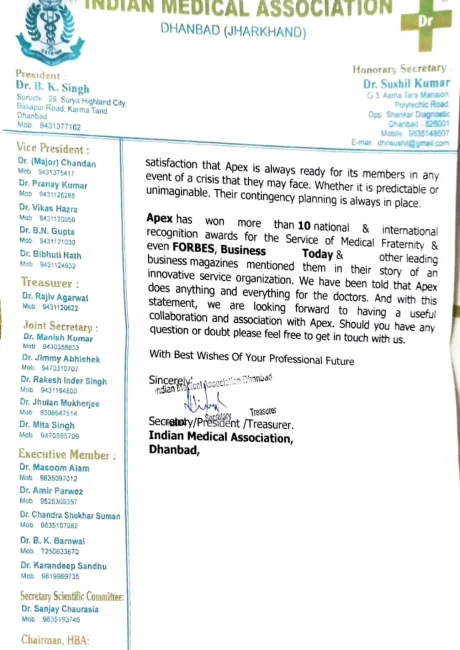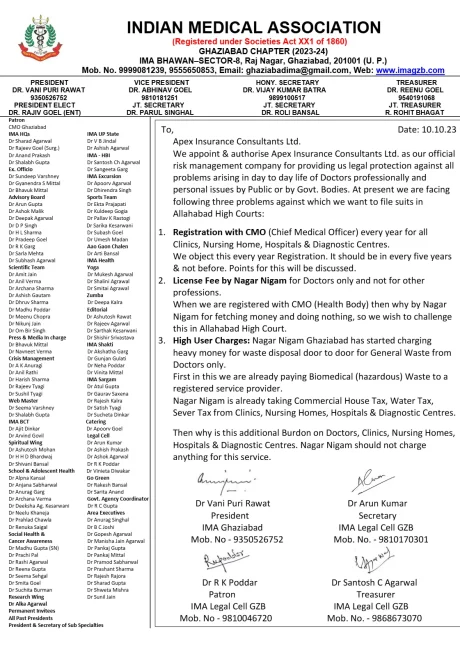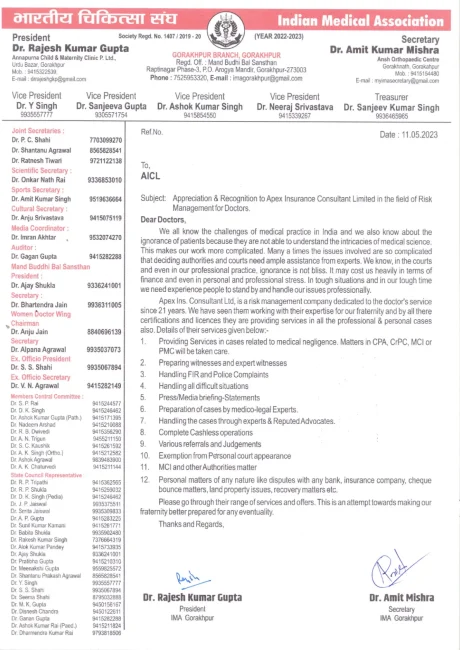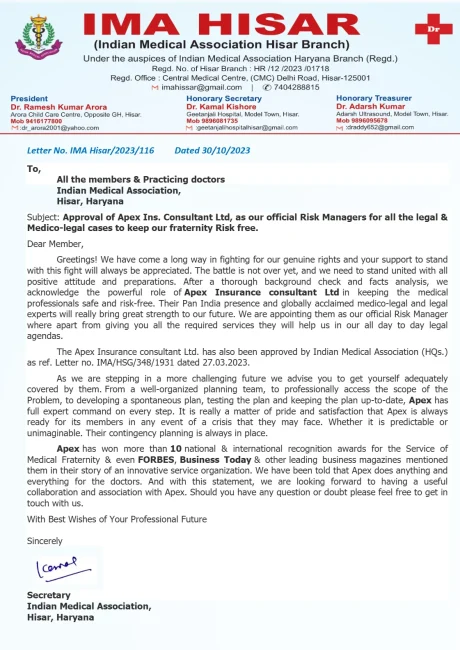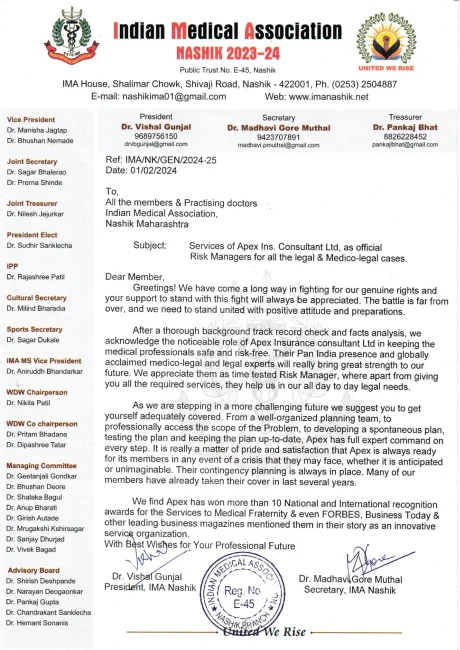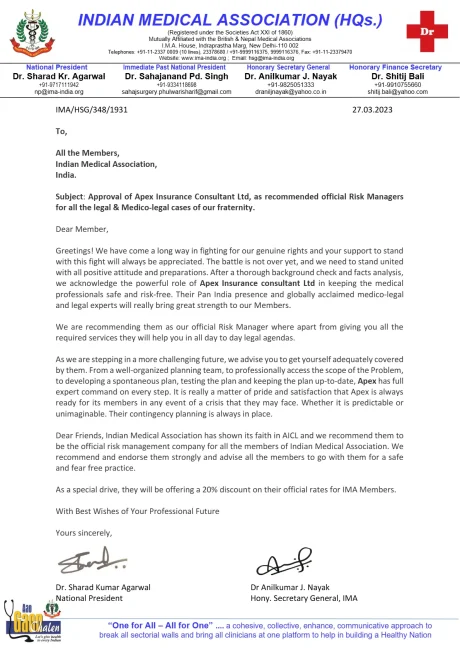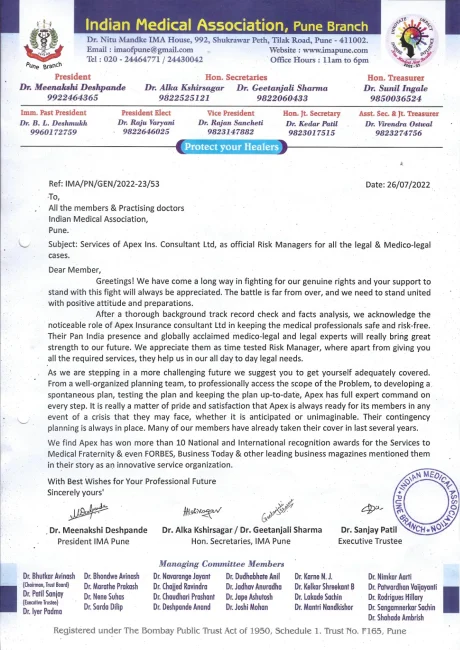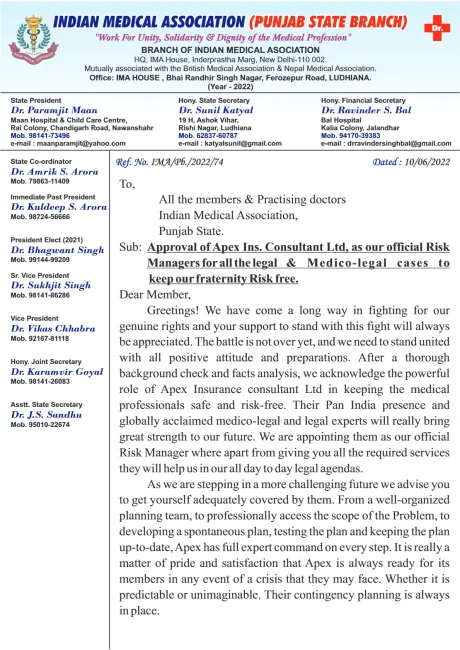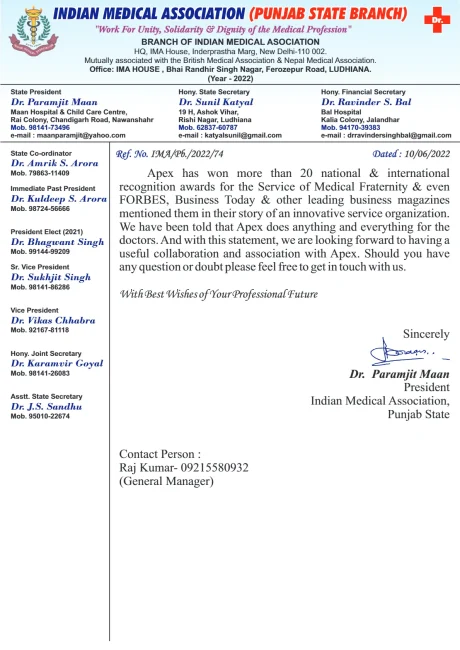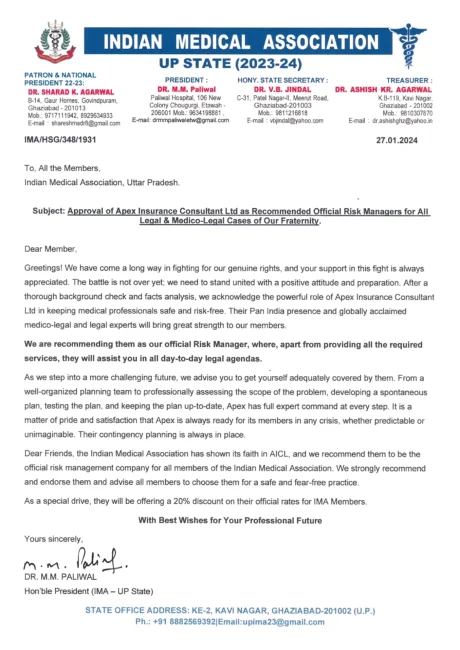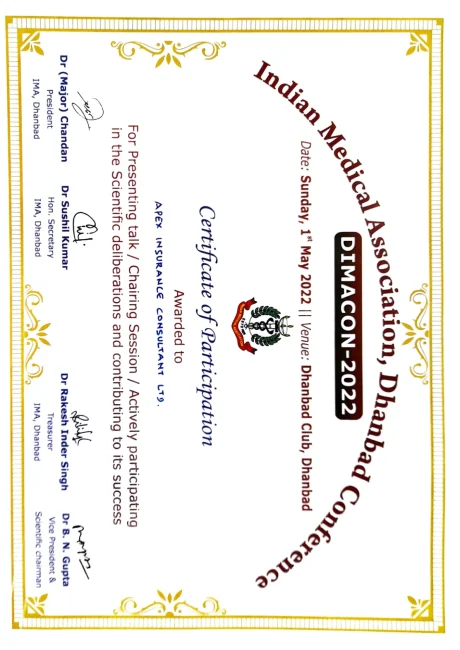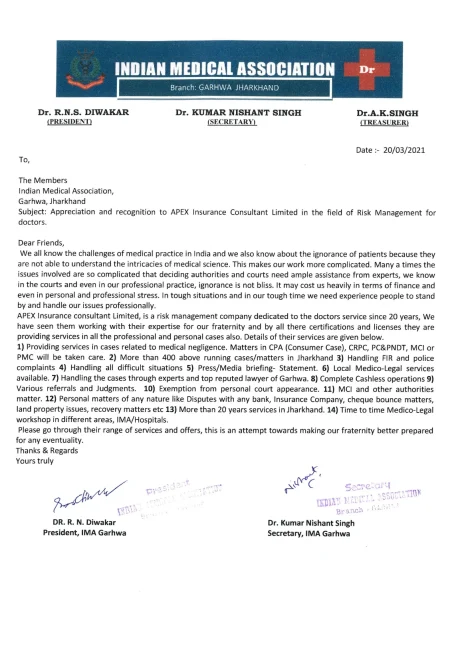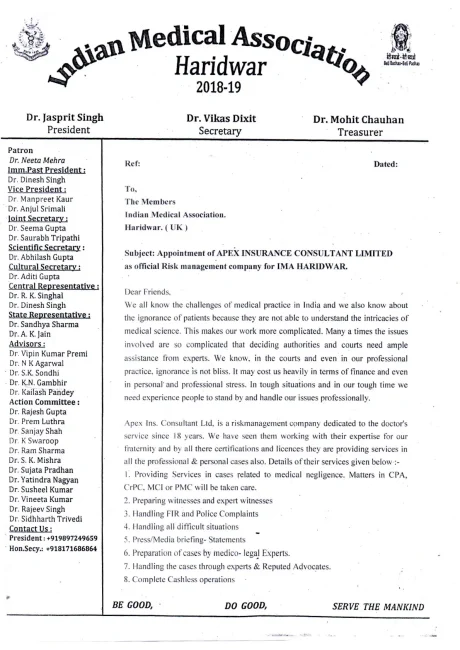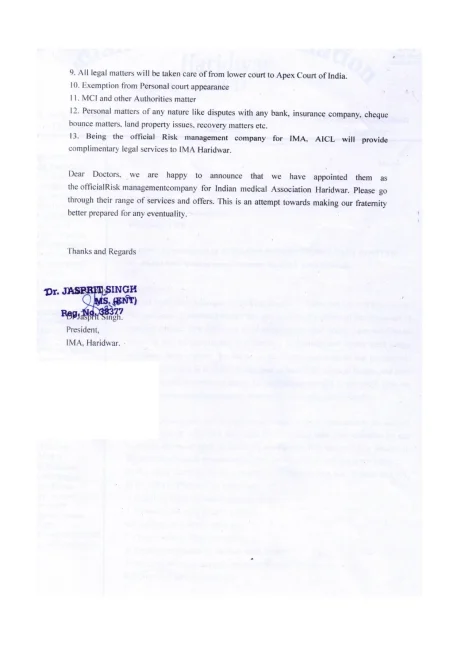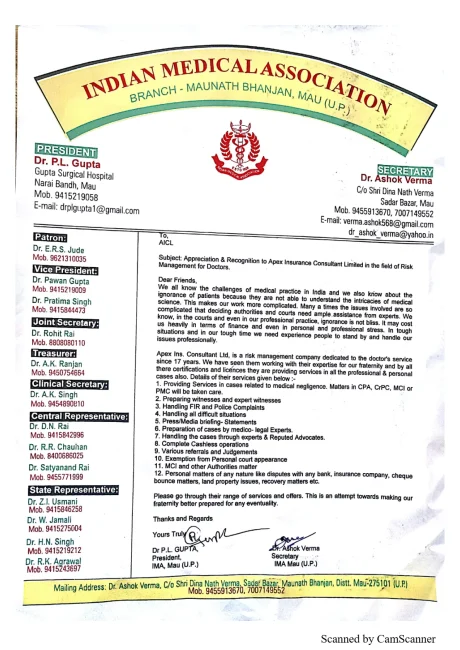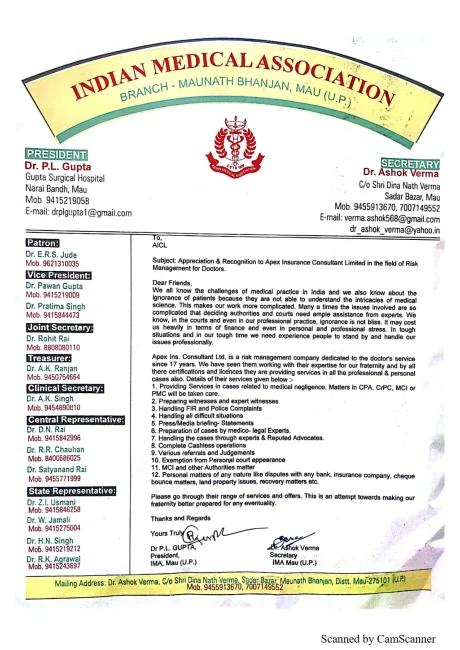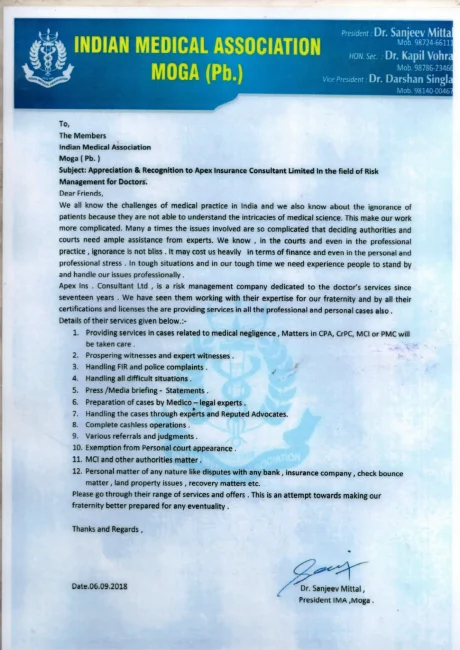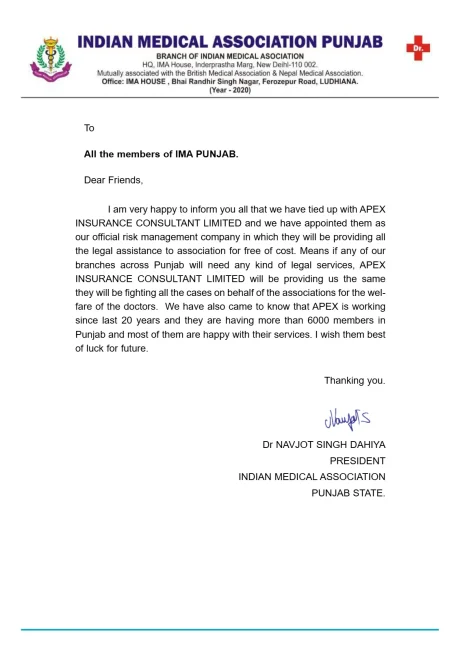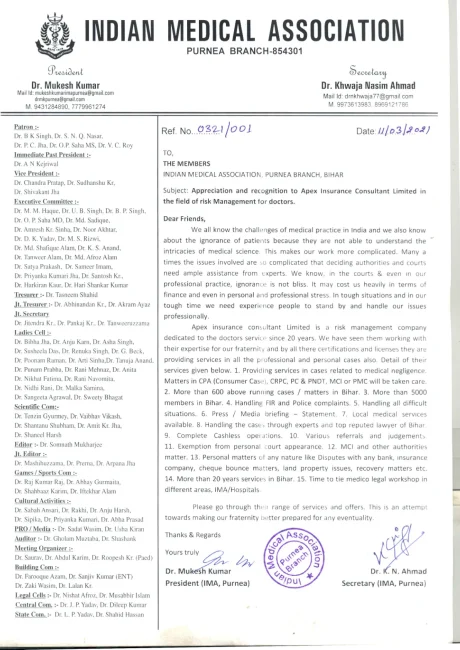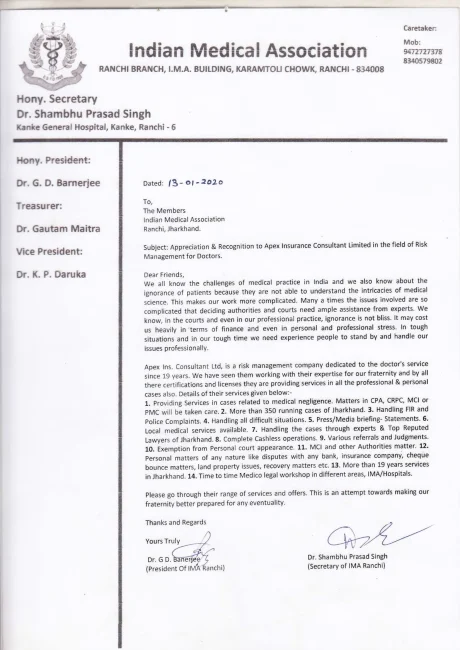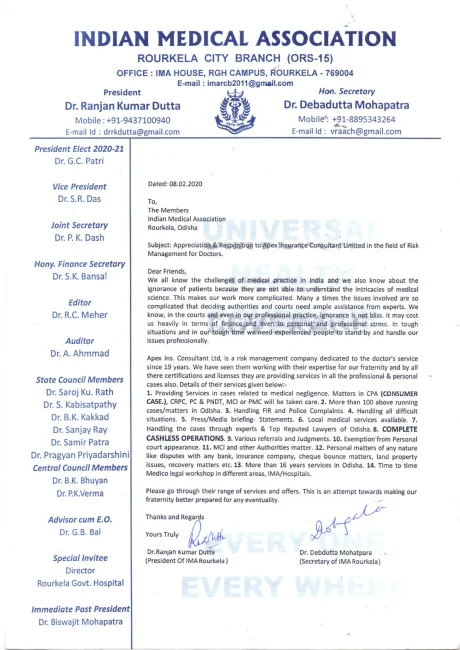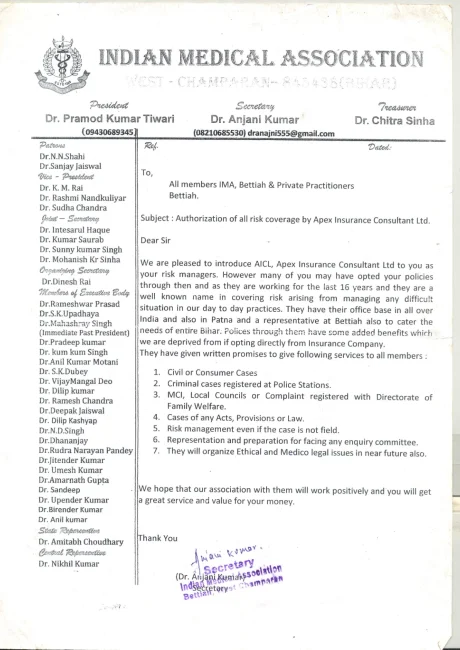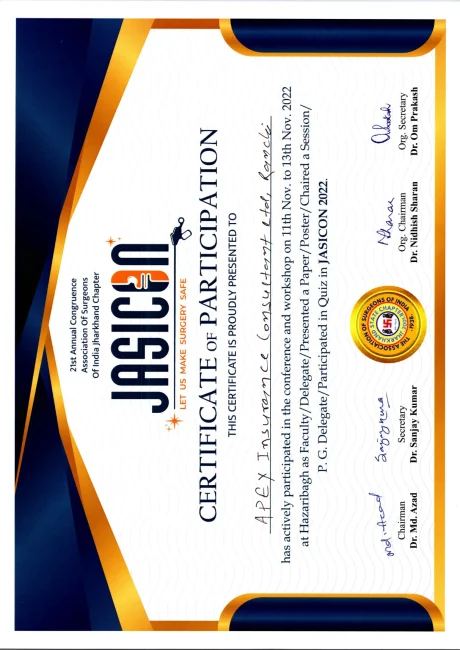By Dr. (Prof.) Mahesh Baldwa,
M.D, D.C.H, FIAP, MBA, LL.B, LL.M, PhD (law)
SENIOR PEDIATRICIAN & MEDICOLEGAL ADVISOR
Formerly Assistant Professor of Pediatrics at T.N. Medical College and Nair Hospital, Mumbai-
400008
Ex. Asst. Professor JJ Hosp, Grant medical college
Ex. Professor, paper setter & examiner of law to postgraduate students of University Department of
Law, University of Mumbai
Baldwa Hospital, Sumer Nagar, S.V. Road, Borivali (West) Mumbai 400 092
2. Dr. Sushila Baldwa, MBBS, MD, consultant, Apollo clinic (part of Apollo Hospital),
Kandivali west, Mumbai
3. Dr Namita Padvi, MBBS, MD,DNB, PGDML, Fellowship in pediatric anesthesiology,
Assistant Professor of Pediatric medical s at T.N. Pediatric medical College and Nair
Hospital, Mumbai-400008
4. Dr Varsha Gupta, MBBS, MD, PGDML, Senior resident in department of pathology,
Government medical college, kota, Rajasthan
Introduction
Interpersonal trust is a key feature of the doctor-patient relationship that resonates with both patients and doctors. Trust in another person refers to an expectation that the other person will behave in a way that is beneficial, or at least not harmful, and allows for risks to be taken based on this expectation. For example, patient trust in the doctor provides a basis for taking the risk of sharing personal information.
Mutual trust
Usually it is the trust the patient party reposes in doctor. Mutual trust is an important aspect of the patient-doctor relationship with positive consequences for both parties. Doctor should develop trust in the patient.Doctor’s trust in the patient will be useful in investigating the antecedents and consequences of mutual trust, and the relationship between mutual trust and processes of medical care, which can help improve the delivery of clinical medical care.
Patients are the more vulnerable
Given that patients are the more vulnerable party in the relationship, it is not surprising that virtually all investigation of trust in the patient-doctor relationship has been limited to patient trust in the doctor; however, patient and doctor trust are closely linked in that both refer to expectations of future behavior with respect to complementary roles. For example, a doctor needs to trust a patient to provide information or to commit to a course of care. Doctor trust in the patient appears to enhance patient trust in the doctor; conversely, lack of doctor trust is perceived quite negatively by patients and likely affects patient behavior. Mutual trust improves cooperation and reduces the need for monitoring relationship between doctor and patient. Successful and sustainable cooperation must be built on a foundation of trust and reciprocity.”
Trust in patient by doctors
Trust in patient allows for the characterization of mutual (reciprocal) trust in the patient-doctor relationship and could potentially provide a better understanding of the relationship between mutual trust and processes and outcomes of care leading to improvements in quality care and both patient and doctor satisfaction.
Trust patient is new dimension
This new measure of clinician trust will allow investigation of the consequences of clinician trust and mutual trust, factors that increase or decrease clinician trust, and the association of mutual trust with processes of care. Previous studies have found that low trust by public health workers adversely affected the quality of services provided to their clients. It is possible that low clinician trust similarly can lead to differences in clinician behavior that adversely affect patients. Studies in social psychology have found that trust is generally lower between individuals with fewer shared characteristics. It may be that differences in sex, age, race, or culture between doctors and patients can result, even unconsciously, in lower levels of clinician trust that in turn may contribute to health disparities. Identifying circumstances that lead to inappropriately low trust in patients may help doctors avoid or mitigate adverse consequences. Another area for investigation is the association of trust with processes of care. How does continuity of care affect mutual trust? What are the effects of restructuring practices around the Patient-Centered Medical Home model on levels of trust between doctors and patients? What is the relationship between mutual trust and shared decision making?
Conclusion
Being able to measure both clinician trust in the patient as well as patient trust in the clinician will facilitate the investigation of the role of mutual trust in the doctor-patient relationship that can help protect and improve the quality of the doctor-patient interaction.

